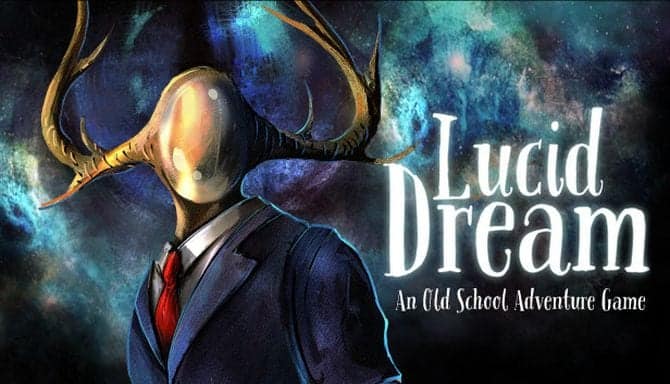
Frequently having the waking thought ‘am I dreaming?' may then become a habituated cognitive process and be randomly reactivated while dreaming. Classical lucid dreaming training involves critically questioning one's reality, particularly in dream-like or surreal situations. Lucid dreaming occurs relatively rarely under normal conditions however, its frequency can be increased by different strategies. Lucid dreaming therefore holds the mantle of being the closest thing the brain has-in terms of safe, endogenous capability-to experience fully immersive, authentic and convincing virtual reality (VR), delivering aesthetic and emotionally salient content that can approach waking life in its authenticity. To the extent that the brain is capable of generating its own sensory content (divorced of external stimuli), lucid dreaming comprises a delicate centrepoint in a neurobiological balance: retaining wake-like levels of reflection and volitional control, but vastly surpassing waking imagery in its immersion and depth, while circumventing the myriad of hazards associated with psychopathological and pharmacological hallucination.

Lucid dreaming is a state of consciousness during sleep whereby neurophysiologically demodulated aspects of cognition-self-reflection, critical analysis and introspective insight-are aberrantly restored and made available within one's dreams. This article is part of the theme issue ‘Offline perception: voluntary and spontaneous perceptual experiences without matching external stimulation'. We discuss the potential mechanisms underlying these findings, in particular the role of synthetic dream-like experiences, incorporation of VR content in dream imagery serving as memory cues, and extended dissociative effects of VR session on subsequent experiences that might amplify lucid dreaming training during wakefulness. Eye signal-verified lucid dreams during polysomnography supported behavioural results. We found that VR-assisted training led to significantly stronger increases in lucid dreaming compared to the no-training condition. A central idea of respective training strategies is to regularly question one's phenomenal experience: is the currently experienced world real, or just a dream? Here, we tested if such lucid dreaming training can be enhanced with dream-like virtual reality (VR): over the course of four weeks, volunteers underwent lucid dreaming training in VR scenarios comprising dream-like elements, classical lucid dreaming training or no training. Lucid dreaming as the exception to this rule is a rare phenomenon however, its occurrence can be facilitated through cognitive training. After waking I checked my email and there was one from Chris Hammond advertising your course.Metacognitive reflections on one's current state of mind are largely absent during dreaming. I’m still doing this in the light sleep stage so I only get partial lucidity, but it seems to be replicable and I am getting better at staying calm so I am sure this will segue into a fully lucid experience in the near future.Īnyway, thank you so much Charlie, you are a blessing!īy the way, I was set up to find your course by a dream … in the dream I was talking to a friend who passed to the other side last December, his name was Morley Wiseman and we had had a contentious relationship so I was quite surprised at how friendly he was being. I read a lot, I write all the time and for the last four or five nights I have had reality checks in the hypnagogic state when I see paper with writing on it - soon as I see this I know I’m dreaming. One wonderful realization has been to recognize that when I can’t read I am probably dreaming. Now I realize that I was not only trying too hard, but that I was expecting too much of my small ego-self and not giving enough control over to my dreaming self. In the past I have been frustrated when I haven’t been able to attain lucidity, to the point of giving up (more than once). The biggest lesson for me was to create a kindly relationship with my dreaming self, with humility and acceptance. I’ve been recording my dreams for more than 50 years, I’ve been to the Monroe Institute twice and used Hemi-sync and recently Holosync as aids to meditation, and I’ve had fleeting lucid dreams and a couple of spontaneous OOBEs but I have to say that Charlie Morley is a wonderful teacher and that since I started listening to his short clip instructions (which I really like) my lucidity in dreaming has improved immensely.

History of lucid dreaming around the worldīeyond lucidity: out of body experience (OBE) Mindfulness meditation in the hypnopompic stage (how to)

Mindfulness meditation in the hypnagogic stage (how to)

Guided mindfulness meditation (settling, grounding and resting with support) The “why” of lucid dreaming (Tibetan Buddhist benefits) The “why” of lucid dreaming (psychological benefits)


 0 kommentar(er)
0 kommentar(er)
